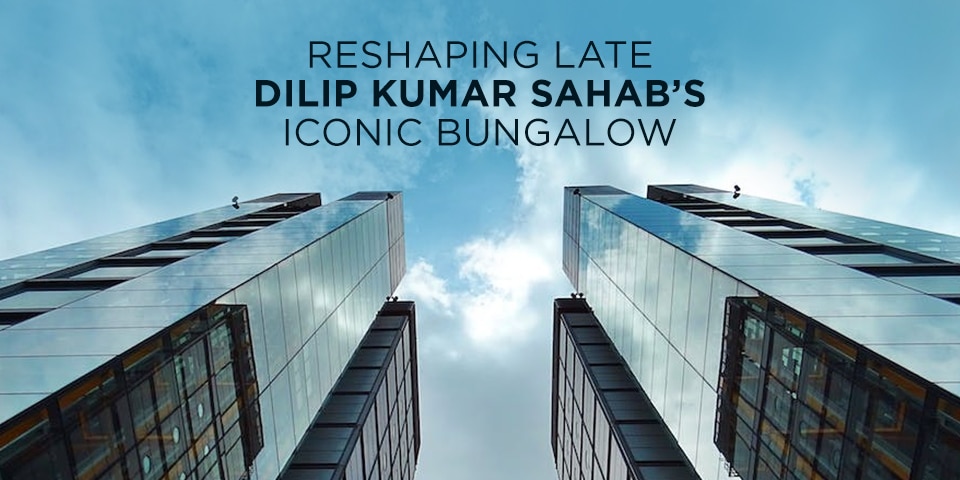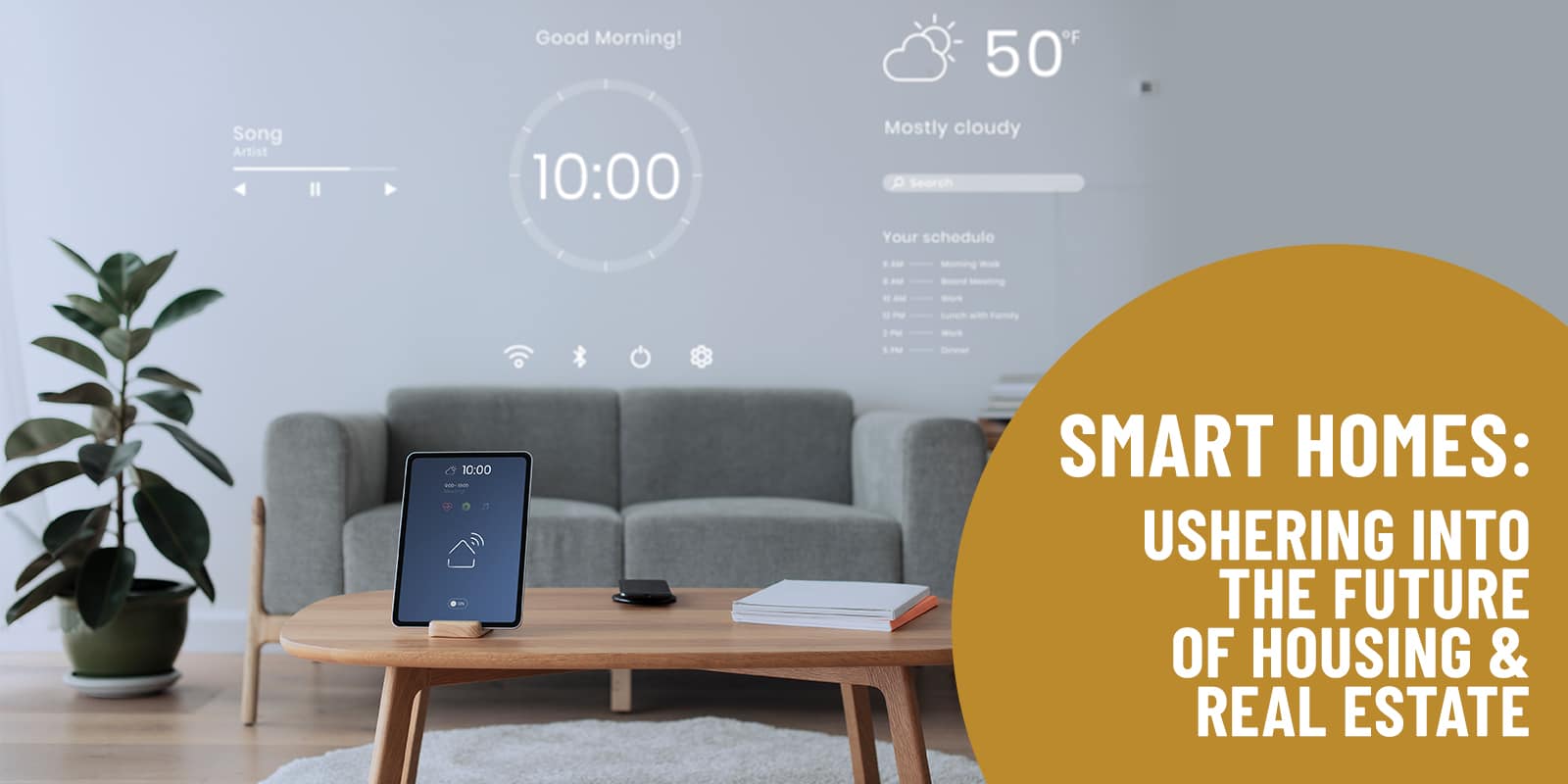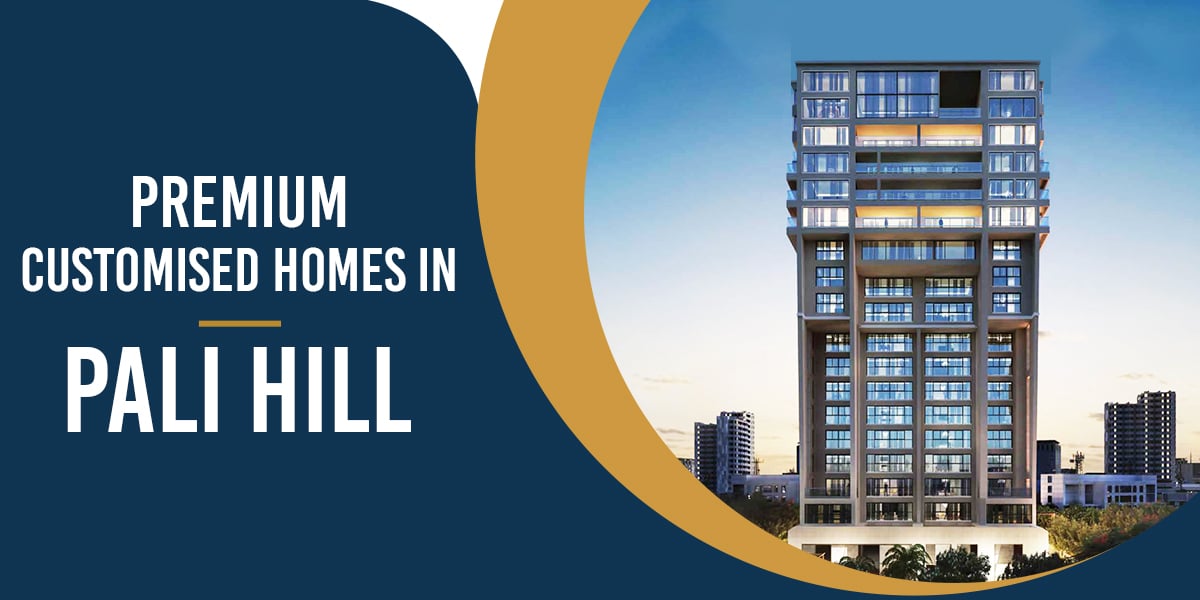Mumbai, known as the financial capital of India, has always been a city with a booming real estate market. Over the years, the city has witnessed several trends and changes in its real estate sector, and it is expected that in 2024, there will be more significant shifts in the Mumbai real estate market.
With the city’s booming economy and rise in disposable income among the affluent population, there is a growing demand for high-end properties. Developers and investors are capitalizing on this demand by creating exclusive, state-of-the-art and customised luxury apartments that cater to the needs and preferences of the luxury home buyers. The city offers a vibrant lifestyle, excellent amenities, and a prestigious address, making it highly desirable for luxury real estate investments. Furthermore, the infrastructure development in Mumbai will continue to have an impact on the real estate market. The city has been focusing on improving its infrastructure, including transportation, road networks, and connectivity. The completion of major infrastructure projects, such as the Mumbai Metro and Coastal Road, will enhance accessibility and connectivity across different parts of the city. This will lead to the emergence of new real estate hotspots and increase property values in these areas.
The concept of co-living and co-working spaces is also expected to become more popular in Mumbai by 2024. With the increasing number of millennials and young professionals in the city, there is a growing demand for flexible living and working spaces. Co-living spaces offer shared accommodations with amenities and services, while co-working spaces provide a collaborative and productive environment for professionals. These trends are expected to gain traction in the coming years, as they offer a cost-effective and convenient solution for individuals.
Another change that can be anticipated is the increase in the availability of affordable housing options. The government’s efforts and policies directed towards promoting affordable housing are expected to make a significant impact on the market. Developers are embracing the opportunity to cater to the needs of the middle-class population by prioritizing the provision of affordable housing options.
Also, in recent years, there has been increased awareness and demand for environmentally conscious living spaces. This trend is expected to continue, with developers incorporating green features and technologies into their projects. From energy-efficient buildings to green spaces and amenities, sustainable living is set to become a key consideration for both home buyers and developers.
As the city continues to grow and evolve, new opportunities and challenges will arise for both buyers and sellers. In the anticipated 2024 real estate market, there will be a marginal increase in home prices, but not enough to significantly affect home buying. Both market dynamics and industry initiatives will shape the trajectory of home prices in 2024, with optimism prevailing for potential rate cuts. As investors and stakeholders adapt to these trends and changes, they can benefit from the dynamic nature of the market and make informed decisions that align with their goals. Overall, the future of the real estate market in Mumbai holds immense potential and promises exciting opportunities for those involved in the industry.












